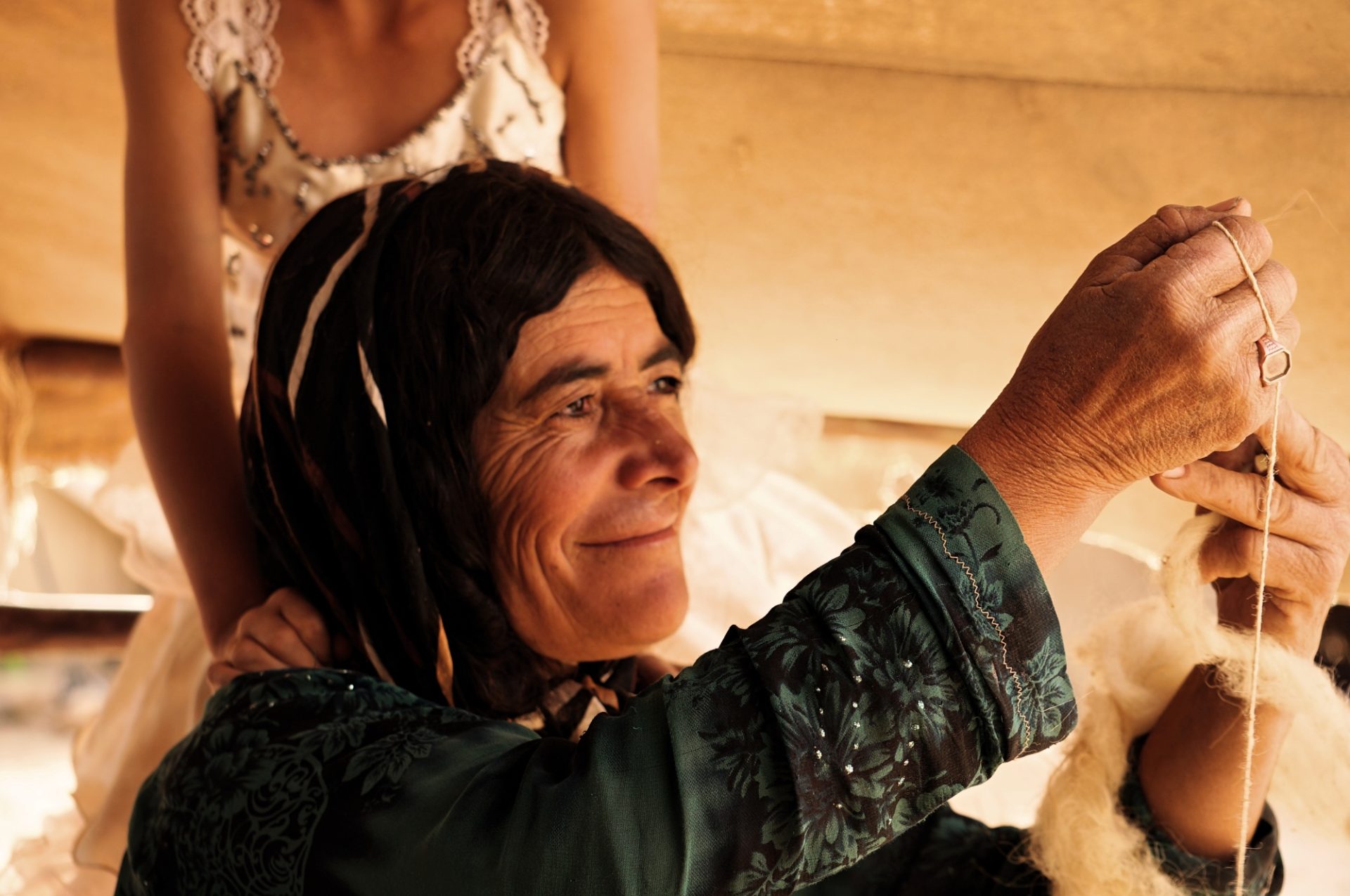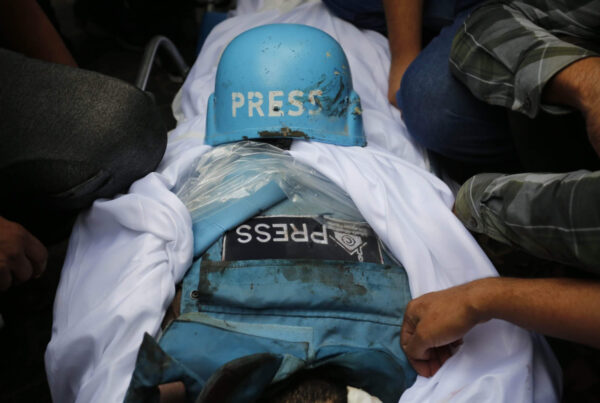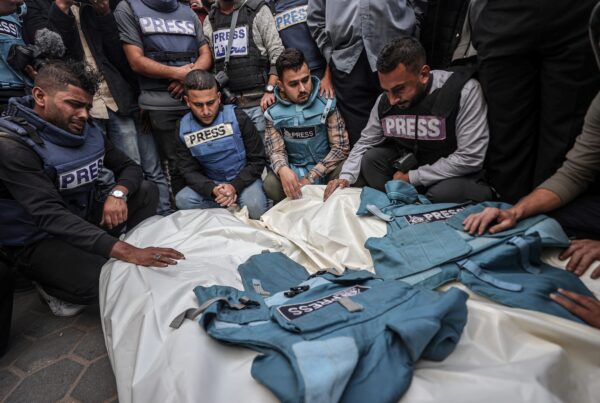This article was first published in World Policy Journal.
I am driven one hour north of Shiraz to the base of the Zagros Mountains in the Fars Province of Iran to meet the nomadic Qashqa’i people. They were once a fiercely independent people, but modernization has meant that their traditional lifestyle is becoming extinct.
“Ten years ago there were 60 families living here,” Ali, my Qashqa’i guide, tells me. “Now there are just eight. In another 10 years we may not live like this at all.”
“Tragedy” by the Bee Gees is playing on the car stereo.
We take an exit off the highway and follow a dirt road until we are surrounded by dry, dusty highlands. The driver pulls over and Ali and I get out. Ali leads me to the top of the next hill and we look down upon a clearing. Below us there is a smattering of seven or eight tan tents that blend into the landscape. A lone donkey lies in the dirt and scrawny chickens peck at the ground.
Qashqa’i, pronounced thickly and at the back of the throat by Ali, are predominantly of Turkic ethnicity, however, their clans are also composed of Arabs, Kurds, and Luris.
“We are Turk. We speak Turk,” Ali tells me, making his particular clan’s ethnic heritage clear.
The Qashqa’i are a people of the Eurasian steppe, a historically tumultuous region ravaged by war and conquest. Ali believes the Qashqa’i have a thousand year history in the region of modern day Iran dating back to the conquest of Genghis Khan in the 13th century. The Qashqa’i tribes have traditionally acted with a degree of independence from the state and have always carried weapons. More recently, Iranian governments have tried to increase control of the way they live.
During the 20th century, Reza Shah and Mohammad Reza Shah wanted to secure the country and to modernize Iran, which meant controlling the traditional lifestyles of the nomads and settling them in cities. They enacted harsh policies against the Qashqa’i, including the persecution of Qashqa’i leaders, disarmament, restrictions on the Qashqa’i nomadic lifestyle, land-grabbing, and forced settlement. This seriously diminished the Qashqai’ tribes’ power in the region and forced thousands of tribesmen to move to cities. During the Islamic Revolution of 1978-1979, the Qashqai’i rearmed, took back their former lands, and the exiled Qashqa’i khans returned. At first, the new government under Ayatollah Khomeini made no attempts to disarm the people or control their migration and land-use patterns. However, it didn’t take long for hostilities to resume between the khans and the theocratic government. The khans formed an insurgency movement against the new regime, which was suppressed in 1982 after two years of conflict.
Since the revolution, the nomadic Qashqa’i lifestyle remains in a precarious position reliant on state policies to survive. Ali tells me that the Qashqa’i nomads are permitted to settle and grow orchards on national land, although it is not their property. They are also allowed to own guns, even though it is otherwise illegal in Iran. They need this right for hunting and for protecting their livestock from wolves and foxes. The Qashqa’i nomads produce one-third of the country’s supply of livestock products, and their nomadic system has been identified as a globally important agricultural heritage system in need of protection. However, proposed land reforms (which potentially offer the rights to pastoral lands to non-Qashqa’i people), the industrialization of traditional pastoral lands and migratory routes, and an increase in settled agriculture threaten the traditional way of living for the Qashqa’i people.
It is believed that there are now some 400,000 Qashqa’i in southwest Iran, although the number is unconfirmed. The majority of Qashqa’i people were originally nomadic pastoralists, but modernization has seen new generations move to cities such as nearby Shiraz. Those who continue to live the traditional nomadic lifestyle migrate with their flocks twice per year between the summer highland pastures north of Shiraz, which Ali refers to as “Yailaq,” and the winter pasture lands to the southwest of Shiraz, known as “Qishlaq.” It is a distance of roughly 300 miles. I ask Ali how long it takes, and he tells me a few hours.
“Oh, we drive,” he says after seeing my confused expression.
We join Farzard, the shepherd, who is walking his herd across dusty hilltops. The animals pick over tufts of sharp grass and thistle. The valley stretches to the horizon.
“He loves the animals. He chose to leave school so he could stay with them,” Ali tells me. I get the impression that his decision to leave school early to become a shepherd is not common. Nowadays, young people are continuing their studies, hoping to go to university and get jobs in cities such as Shiraz.
The Qashqa’i raise sheep, goats, and chickens to produce meat, dairy, and wool. They used to grow wheat crops and own camels and cows; however, a 15-year drought has sucked the ground of moisture and destroyed pastoral land, forcing the tribe to downsize. A dry riverbed runs around the camp.
“It used to be so green here. We used to play by the river. At night the valley would be filled with burning fires from the forty or fifty families that lived here. Then years ago the water stopped. I don’t know why,” Ali tells me.
The poor environmental conditions have led to people looking for an easier life. Ali’s father doesn’t think he can afford to look after his livestock this year.
“My father is depressed,” Ali says. “I think my parents will move to a house next year.”
There are signs of modernization throughout the camp as technology slowly changes the way the Qashqa’i live. Some families still use traditional tents of wool covers, layered underneath with a waterproofing sheet, supported by wooden sticks. These are usually ragged and poorly maintained. The majority of their tents are modern designs, with stronger and sturdier steel frames. The older women still wear traditional clothing and one of the weavers is happy to show me her traditional red polyester sequinned dress, which is worn for special occasions such as weddings. However, most people have adopted a Western style of fashion. Old oil torches are slowly being replaced by solar-powered torches. They used to cut their nails with a knife. Now they have nail clippers. And everyone owns a mobile phone.
Despite the changes, there are still those who live the traditional lifestyle. Ali and I eat lunch with a couple, both over 80 years old. The woman serves me a broth with bread and rubbery meat. I follow their lead and tear the bread up and drown it in my broth so I end up with a bowl of soggy bread.
The woman has tattoos on her hands, knuckles and forehead. The tattoo ink is made from charcoal, certain types of plant matter, and gall bladder from a chicken or sheep.
“They are for aesthetic purposes but some are remedial,” Ali tells me. “They believe that to cure a bad flue you must drink the gall bladder of a fox.”
Ali brings me to a tent where a group of women are working on a carpet of colorful geometric designs. He tells me that the Qashqa’i are known for their woven wool products and their carpets. They produce the wool from their own sheep and goats.
The unfinished carpet is stretched out on a rack. Four young women are sitting on the finished section of the carpet weaving and knotting colored wool. They move quickly with skill, knotting the wool to the edges of the carpet-in-progress and cutting it with a knife. They bash the wool tight with a comb, brush it up so it sticks above the rug and then they trim the excess wool so the carpet is even. Then they repeat the procedure laughing and talking as they work. Two older ladies sit to the side spinning wool while another puffs tobacco on a Qalyun. They work from 8am to 6pm and weave 4 inches per day. It will take two months to finish the rug, which they will eventually sell for around $770.
The four weavers are sisters aged 18, 19, 22, and 23. They have two younger sisters aged 7 and 11 who run around the tent causing a nuisance. Their mother, 43, spins wool next to us. Their father is asleep in a tent and their brother has moved to Shiraz for work.
“What do the men do?” I ask.
“Nothing,” the girls reply with a laugh. “We have good job, no?”
“You will take me to Australia,” the 11 year old tells me in the Qashqa’i language. When I tell her she has to learn English first, she says, “I will start tomorrow.”
She wants to be a lawyer and the 7 year old wants to be a doctor. Their ambition is one of the changes threatening the nomadic Qashqa’i lifestyle. Young people have started going to university and getting jobs. People generally prefer not to be nomadic and have left in search of a better life.
“Young people don’t want this lifestyle,” Ali says. “I can’t live here. I want to study and broaden my knowledge. Now people have their own land and property and young people come to rural areas to party and drink and dance.”
Luckily for me it is the weekend and the young relatives from Shiraz have come to visit their families. We sit inside Ali’s family’s tent and eat and drink and play cards with family members and friends. We are served fresh pistachios—which we peel with our hands—rice, bread, tough chicken, fesenjan sauce of pomegranate syrup and ground walnuts, and home-brewed red wine. Ali tells me a traditional folk tale about “Human-Bear.” In the corner, the old men smoke opium. In this setting, Ali becomes sentimental.
“I like this lifestyle. I would like to come back here one day.”
He muses on buying livestock and paying shepherds to look after them. He could visit every weekend, he suggests.
“A hobby nomad,” I say, and he smiles at the thought.




Great article Mark & yes, the photos are fantastic!